Introduction
If you have kept up to date with our scientific knowledge on Biology and its many functional processes you will know that DNA, our own Cellular ‘blueprints’ or Script, is scanned and the genetic code contained within the DNA structures provides the necessary information to produce new daughter cells.
These new cells replace the old worn out cells that have done a wonderful job in keeping us alive and moving, but alas they reach the ‘sell by date’ and are taken off the shelves as it were..well thats how its done in a supermarket..lol
The Work of Alexis Carrel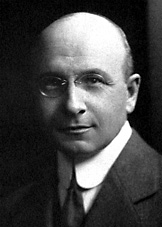
Biologically, we have mechanisms that govern the life of a cell.
Alexis Carrel (1873-1944) a brilliant french surgeon and biologist who was awarded the Nobel prize for his pioneering work in vascular suturing allowing surgeons to perform arterial repairs.
Furthermore he invented the Perfusion pump allowing organs to exist temporarily outside of the body.
For people that received horrific wounds in battle or accidents, this was groundbreaking stuff and for my money I honor this man for his great work.
Unfortunately he become associated with Eugenics (taken from a Greek word meaning ‘well born‘), that formulated a set of beliefs and practices to improve the genetic quality of a human being, which was put into practice by the Nazis to rid the planet of human rejects, poor individuals that were imperfect physiologically and culturally, feeding the myth of the ‘Master Race’, because of his relationship with Jacques Doriot’s fascist party in 1931.
Leonard Hayflick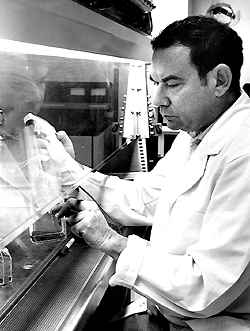
Alexis Carrel also believed and put forward his theory that human cells were immortal, but some years later in 1961 Leonard Hayflick disproved this theory and discovered that cellular life comes to an end when a cell has divided 40-60 times.
He found that cells grown in a culture medium cease to divide after this number of divisions and they then stop dividing and become senescent.
What we know now is that after every cell division the ends of the Chromosome (Telomeres) become shorter until they do not exist and cell integrity becomes compromised and the cell is ‘marked for death’ or apoptosis, this is the theory.
The approximate time to copy a cell in real time is 7 hours.
In actual fact Alexis Carrel was right, and Hayflick was wrong, and this theory of Telomeres is also incorrect, since Telomeres protect the chromosomes from fusing together causing abnormal gene expression, not dictate the life of the host, so all those people overdosing on Astragalus as an anti-aging elixir are wasting their time.
Since Carrel suggested that cells were immortal by default, by default the suggestion of Telomere shortening is also a myth.
When we say immortal, this does not mean cells do not die, since biological mechanisms i.e the Mitochondria decide their apoptic fate based on cell damage having gone through cellular life cycle iterations during cell reproduction.
In other words, can the cell continue to function or is the repair too extensive, if so then pull the ‘death switch’.
There are a number of reasons why cells become damaged but the body does our housekeeping for us such as producing 25 million cells new cells to replace the 25 million or so lost on a daily basis.
So how do we know that Alexis Carrel was correct ?.
Dr Carrel in 1912 grew Connective Tissue Cells ( called Fibroblasts) from chicken hearts in flasks that were continually fed from chicken embryo extract and the cells continued to grow for 34 years.
Two years earlier Carrel died in 1944, and his colleagues continued the experiment until they decided to dismantle the experimental apparatus.
The reason the cells continued to grow was due to the essential nutrition being contiually fed to each cell.
So cells are inherently immortal if fed with a perfect nutritional diet and kept in an optimum environment.
Unfortunely, Dr Hayflick ignored these vital facts by growing human fibroblasts that were nutritionally deficient, and they grew and divided 50 times before they perished displaying Lipofuscin accumulation, which is indicative of Selenium deficiency.
The best of it was, that Hayflick falsely reasoned that Carrel’s experiment was due to contamination by the chick embryo extract, and if this was the case then the more likely outcome would have been the demise of the chicken heart fibroblasts.
I think this was a case of contamination ( ie, nutrient deficiency) within Hayflick’s experiment which is why his fibroblasts did not last very long.
Cell Division/DNA Replication
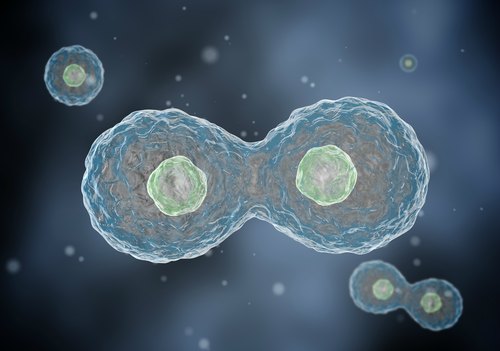
When a cell divides it means that the supercoiled DNA has to be replicated, and 3 billion base pairs have to be duplicated, and during this process the body makes 1 mistake per 10 million base pairs which equates to around 1000 mistakes per cell.
These are generally DNA mismatches which in a healthy individual are repaired within the daughter cell.
So the 6 billion letters of DNA, our genetic code, which is super coiled inside the cell nucleus in 46 tightly wound bundles called chromosomes, that must be unravelled before DNA replication can begin as shown in Diagram 1.
During those heady days of Watson & Crick (the 2 scientists that uncovered the mystery of DNA structure), there was no way initially to ascertain how DNA replication was performed.
The 2 scientists speculated that each backbone strand of the double helix would act as a template to produce the new strand, but how could the strand combine with the template to form the double helix structure.
The most logical answer, biologically, was the ‘Semiconservative’ Model that allowed each daughter strand (the copy) to associate with its template strand as shown in Diagram 2.
Diagram 1: Unravelling DNA to prepare for DNA replication/Precursor step for cell division
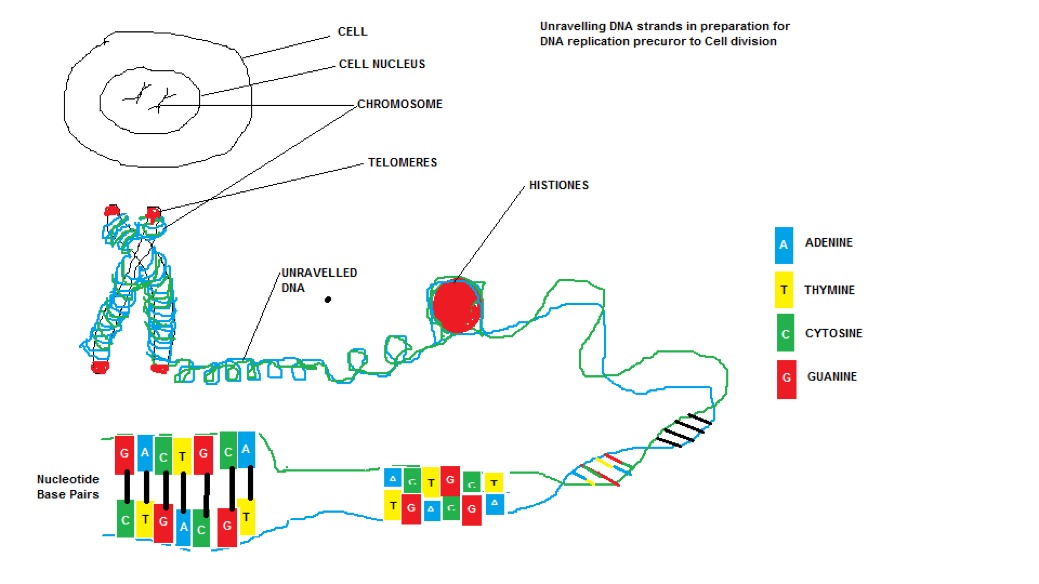
Diagram 2: Semi-Conservative DNA replication
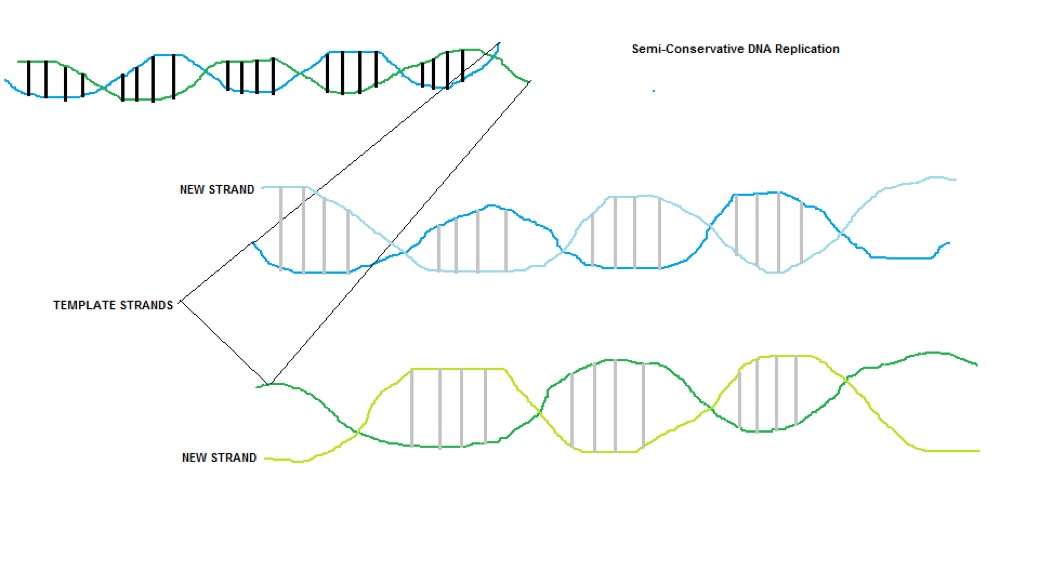
The Basic DNA Structure
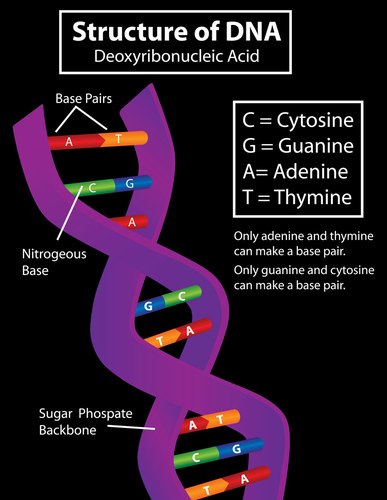
In my first article called ‘ome research’ I explained the basic structure of DNA so I will revisit some of this text because it is important to understand the mechanism behind the reading of genetic material contained within the double helix backbone of DNA.
The above diagrams are supportive to the text.
Humans are made up of trillions of Eukaryotic cells, cells that contain a nucleus where the DNA and chromosomes reside.
Each cell contains approximately 2 metres of DNA and the typical human cell nucleus is 6 micrometers in diameter so the DNA is supercoiled around Scaffolding Alkalised Protein molecules called Histones (This is geometrically equivalent to packing 40 km of extremely fine thread into a tennis ball).
This structure is known as a Nucleosome. So a typical cell contains 6.4 billion bases which equates to 3.2 million nucleosomes (base pairs).
The total collection of Nucleosomes make a Chromosome.
To give you some idea of the size of a Chromosome (although they do vary) into something meaningful, Chromosome 1 = 1.4 million pages.
Reading the DNA Blueprints
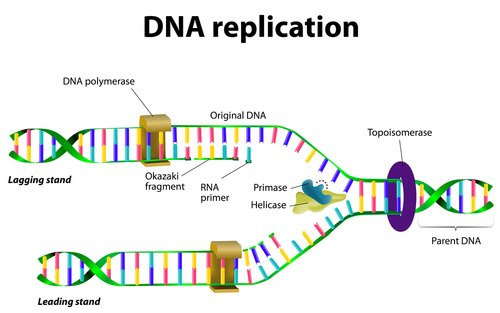
To regulate or control cell expression it is the Scaffolding Histone Proteins that are manipulated Chemically (Chemical signaling).
The histones are a cluster of base proteins referred to as H3,H4,H2A,H2B ( there are many more H3K4,H3K3,H3K9 etc dependent upon what Chemical signaling is used).
Each Histone has an N-Tail attached to it to which is activated by a chemical signal.
Histone function is complex, however in order for a section of DNA to be read it must be unwound from a particular histone cluster activated by a particular enzyme.
So DNA must be unraveled for DNA replication (cell division) as well as to read the genetic code within.
This process involves adding a specific chemical group referred to as a Methylation,Acetylation, Phosphorylation etc group. Enzymes used to unwrap particular DNA sections are Histone Methyltransferase (HMT) and Histone Acetyltransferase (HAT) for Methylation and Acetylation respectively.
Enzymes to rewrap the DNA are Histone demethylase (HDMC) and Histone deacetylase (HDAC).
Specifically, these enzymes convert the histones from Unmethylated (Unacetylated, Unphosphorylated etc) to methylated histones.
Once the DNA section is uncovered and read , a copy is made called mRNA (messenger RNA).
This action is referred to as Transcription.
Once this is complete, new or recycled histones are produced to rewind the DNA.
H4, for example, is generally activated to produce an mRNA (‘Xerox’ copy of the, or part of the DNA segment (genetic information)), using an Acetyl group referred to as Acetylation. This Acetylation cycle, occurring within the cell nucleus, can go through multiple transcriptions, being modified several times before the mRNA produces the final protein sequence that is released into the cytoplasm from the cell nucleus.
H3 is generally activated via a Methly group referred to as Methylation.
However, the type of Methylation depends upon the Amino Acids (in this case Lysine or arginine) attached to its N-Tail.
For example H3K3 ( H3+Lysine 3) expresses a gene as in the Methylation example, but H3K9 ( H3+Lysine 9) leaves the gene unread (thus silencing or repressing the gene).
The diagram below shows the tightly wound DNA script segment around the a collection of Nucleosomes that make up 1 chromosome. On average, nucleosomes repeat at intervals of about 200 nucleotide pairs.
This means that the nucleus of a diploid human cell containing 6.4 × 109 nucleotide pairs contains approximately 30 million nucleosomes.
Although only 4 Histones are shown here, there are actually 8 histone protein cores,, consisting of 2 copies of the core Histones H2A, H2B. H3 and H4, while the nucleosome core particle consists approximately of 146 base pairs of DNA
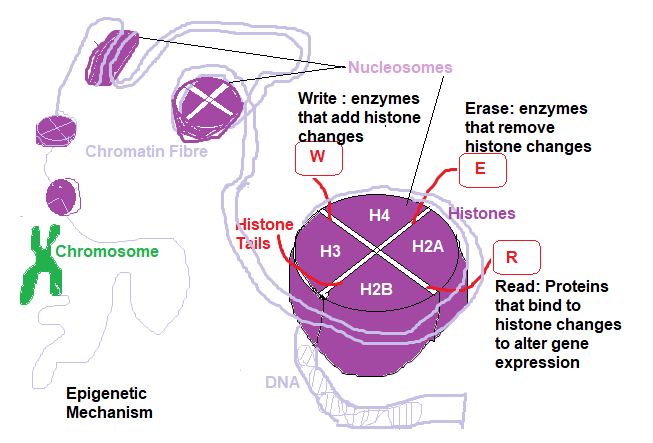
Epigenetic Basics -Introduction
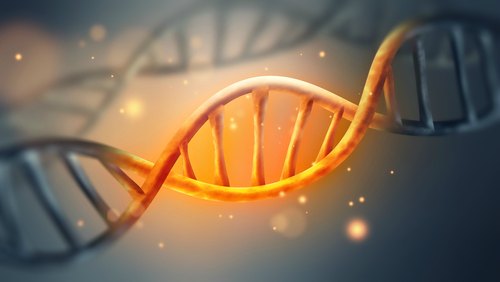
It is fascinating to read articles that specifically blame disease states on Epigenetics, in the same way genes were blamed.
It is a simple replacement algorithm, like the old basic coded messages…lol.
When are people going to wake up and realise that genetic code is scanned and read, based on Environmental (exogenously (outside the human body)), and in some rare cases, heritable factors endogenously (within the human body).
I agree that if DNA mismatch repair is not efficient, which can occur in an unhealthy organism, than copied cells can become mutant or even cancerous as confirmed by Paul Modrich the Nobel prize winner in 2015 for Chemistry, who spent a good part of his career researching human and Bacterial (E.Coli specifically) DNA mismatch repair mechanisms.
However, DNA mismatch repair is not an inherent genetic flaw, but one caused by missing minerals. i.e an enviromental cause
Epigenetic Basics- Heritable Gene Expression
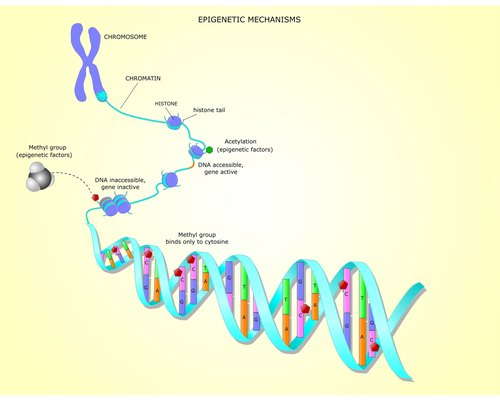
Since the 1970s it is known that in order for the body to know what type of cell, when divided, is going to be produced when differentiated, a heart cell, a liver cell etc, the DNA within the cell needs additional information that defines specific transcription.
This additional information, not dissimilar to a bookmark is a Methyl group (as described earlier), a common Hydrocarbon group consisting of one carbon atom and three hydrogen atoms CH3 (abbreviated as ME), structure that exists in many organic compounds derived from Methane.
DNA methylation is used as an epigenetic mechanism to Regulate/Control gene expression.
They are in fact Epigenetic Tags. The body adds and removes methyl groups attached to genes based on environmental inputs exogenously and dietary habits endogenously for example throughout life.
However, when life begins the new born’s genes are largely ‘reset to a default state’.
I say largely, we know that some epigenetic changes are passed down from parent to child or from grandmother/father to child as if by-passing the reset mechanism.
Unfortunately we don’t know why some epigenetic tags are allowed to bypass as heritable markers since most of the genes have these epigenetic tags removed (reset mechanism ), except those tags that contain visual and character traits from the parents and of course mitochondrial DNA that is always inherited by the mother.
These heritable epigenetic tags can be behavioral in origin as explained in the next paragraph
Behavioral Epigenetics
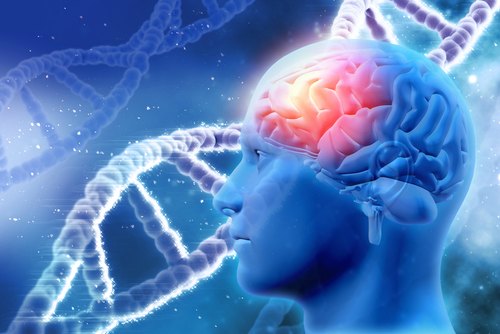
Researchers like Moshe Szf (molecular biologist and geneticist at McGill University ) and Michael Meaney (a neurobiologist at McGill University) have performed some great research that tell us that you may inherit your grandmother’s knobbly knees, but you also may inherit her propensity toward depression caused by neglect she may have suffered as a young infant.
To put into the words of Dan Hurley who so eloquently states in his article
“Grandma’s experiences leave a mark on your genes”, ‘molecular residue holding fast to our gene scaffolding’
So behavioral inheritance can be both positive and negative. The old statement Nature vs Nurture is well known, but only in the last few years (1997) did researchers discover animal nurturing of the mother licking and grooming their young has a direct affect on behavior of their offspring throughout their life.
Further studies carried out by this team of two examined the Hippocampus (part of the Limbic system in each temporal lobe located just above the brainstem, and is responsible for memory and emotional response ) to measured stress response in two types of offspring, from a ‘good’ mother and a ‘bad’ mother.
The offspring from the ‘good’ mother (nurturing and licking its young) showed that the regulatory genes for Steroid Hormone (Glucocorticoid) receptors were rarely Methylated, but the regulatory genes of the offspring from the ‘bad’ mother were Highly Methylated.
As they commented, these methylated epigenetic tags would become permanent tags, causing the rats to be nervous throughout their life spans.
They repeated the experiment, but this time the offspring from the ‘bad’ mother were transferred to the ‘good’ mother and vice versa providing the same results, proving that these were not Physiological Inheritances, but Behavioral inheritances.
Finally, to make sure that it was indeed the bad nurturing that caused the highly methylated regulatory genes, they soaked the hippocampus of the offspring with Trichostatin a compound known to alter gene expression by interfering with the removal of acetyl groups from histones, and the offspring showed no sign of stress related problems.
Francis Champagne a grad student of Dr Meaney continued the research and found that Estrogen Receptors were also influenced (diminished receptors) by methylation, causing the offspring who became mothers themselves were also inattentive to its offspring.
The abused becomes the abuser, proving that behavior influences physical biology.
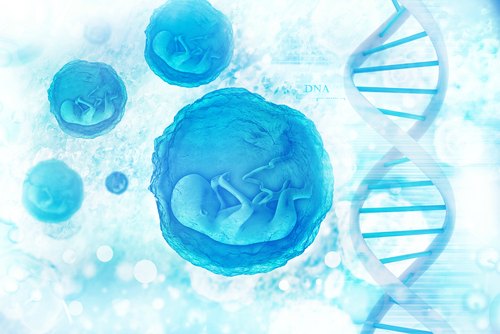
Scully: (Discussing the murdered baby’s long list of birth defects) Imagine all a woman’s hopes and dreams for her child, and for Nature to turn so cruel… What must a woman go through?
Mulder: Apparently not much in this case, if she’d just throw it out with the trash.
Scully: (Sadly) I- I guess I was just projecting on myself.
Mulder: Why, is there a history of genetic abnormalities in your family?
Scully: No.
Mulder: (Grinning) Well, just find yourself a man with a spotless genetic makeup and a really high tolerance for being second-guessed and start pumping out the little uber-Scullys.
Scully: (Smiles back) What about your family?
Mulder: Aside from the need for corrective lenses and the tendency to be abducted by extraterrestrials involved in an international governmental conspiracy, the Mulder family passes genetic muster.
Xfiles episode quote ‘Home’ Season 4 episode 2
References/Acknowledgments:
- Article : Grandma’s experiences leave a mark on your genes Dan Hurley June 2015
- DNA Replication, Transgenerational epigenetic inheritance, Semi-conservative replication. Paul Modrich, hayflick limit Wikipedia
- Rare Earths Forbidden cures Joel Wallach & Ma Lan
- X Files quote from Season 4 episode 2 ‘Home’ Wikiquote
Author: Eric Malouin